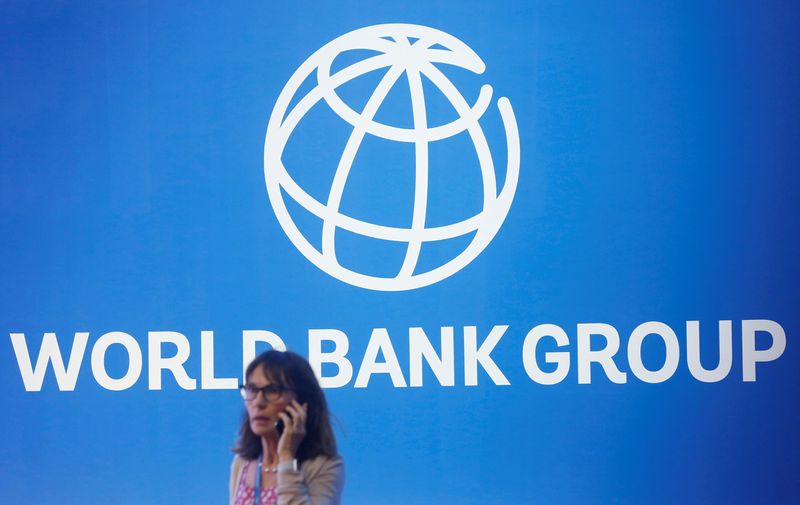Servicing poor countries is becoming more expensive-World Bank
2022.12.06 09:52
[ad_1]

Servicing poor countries is becoming more expensive-World Bank
Budrigannews.com – According to the World Bank’s annual International Debt report released on Tuesday, the poorest nations in the world now devote more than a tenth of their export earnings to servicing their external debt—the highest percentage since 2000.
As countries fall down the wealth scale, the debt overhang gets bigger. Over the past decade, the poorest economies have increased their debt at a much faster rate than other economies. Outer obligation multiplied to $9 trillion among creating economies, however individuals from the Global Improvement Affiliation (IDA), the World Bank’s arm set to help the most unfortunate nations, saw their obligation almost triple to $1 trillion.
At the end of last year, the cost of servicing IDA-eligible countries’ external debt reached $46.2 billion, or roughly 10.3% of their exports of goods and services. According to the report, the percentage stood at 3.2 percent in 2010.
In a statement, World Bank Group President David Malpass stated, “The debt crisis facing developing countries has intensified.” To speed up reorganization, reduce debt, and increase transparency, a comprehensive strategy is required.”
Plans to make debt payments easier are nothing new. After the COVID-19 outbreak devastated the global economy, the debt service suspension initiative (DSSI) was established in 2020. Through the year 2021, 48 nations were able to postpone paying $8.9 billion in debt service due to DSSI.
However, the World Bank report indicates that that was only a small portion of the $99 billion that the participating nations paid for debt servicing.
The world’s poorest nations are expected to make $62 billion in payments on their public debt this year, up 35% from 2021, while payments for the next two years are expected to remain high in part due to rising interest rates and weakening currencies.
According to Finance Minister Ken Ofori-Atta’s remarks earlier this week, Ghana’s interest payments increased to between 70% and 100% of government revenues, making it one of three countries facing debt restructuring, along with Zambia and Sri Lanka.
Additionally, the World Bank stated that increased debt transparency was urgently required to assist nations in risk management and expedite necessary debt restructuring. The World Bank, on the other hand, stated that the bank’s own Debt Reporting System, a 1950s lending database, had significant current borrowing gaps by state-owned businesses.
Additionally, the report confirmed the shifting makeup of creditors.
61% of low- and middle-income countries’ public and publicly guaranteed debt was owed to private creditors at the end of 2021, up from 46% in 2010.
The proportion of private creditors in IDA-eligible nations increased fourfold between 2010 and 2021, reaching 21%, while the ratio of external debt to GNI increased from a fifth to 36.2%.








